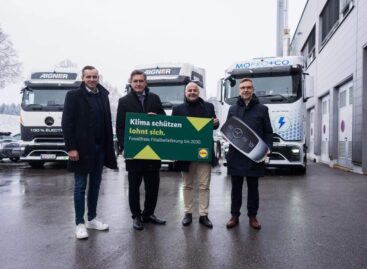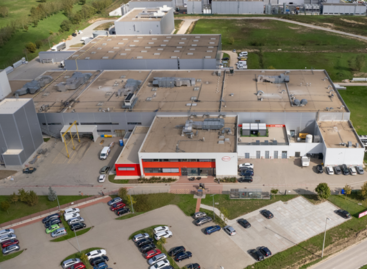Roland Berger: The 1.5°C target can be more easily reached by joining forces with the world’s largest carbon dioxide emitters
The world’s thousand largest carbon dioxide-emitting industrial assets are owned by four hundred companies and together they emit about 8 gigatonnes of carbon dioxide annually. If the devices emitting this amount were made completely carbon dioxide-free, then by the end of the decade, a third of the emission reduction necessary to achieve the goal included in the Paris Agreement would be achieved.
Depending on the technology used, this would cost between 7.5 and 10.5 trillion USD. These findings emerge from the “Global Carbon Transformation Plan” study, in which Roland Berger experts analyzed the world’s 1,000 most carbon-intensive assets and identified their decarbonization opportunities, as well as the associated costs.
The probability of complying with the Paris Agreement and limiting global warming to 1.5°C is currently only 14%. Only a leap forward in sustainability efforts can put the world on the path to a more sustainable future. Roland Berger’s new study, the Global Carbon Restructuring Plan, shows that decarbonizing the 1,000 most CO2-intensive assets – mostly power plants or iron and steel plants – can drastically improve these chances – at an affordable price for the owners.
Visszajelzés küldése
Oldalsó panelek
Előzmények
Mentve
Related news
Too many gifts, too much food: our holiday excesses are putting a serious strain on the environment
🎧 Hallgasd a cikket: Lejátszás Szünet Folytatás Leállítás Nyelv: Auto…
Read more >Lidl Austria Expands Electric Supply Fleet
🎧 Hallgasd a cikket: Lejátszás Szünet Folytatás Leállítás Nyelv: Auto…
Read more >Henkel: 3,000 accident-free days
🎧 Hallgasd a cikket: Lejátszás Szünet Folytatás Leállítás Nyelv: Auto…
Read more >Related news
New Year’s Eve: shortened opening hours in stores – general store closure on January 1
🎧 Hallgasd a cikket: Lejátszás Szünet Folytatás Leállítás Nyelv: Auto…
Read more >Tejföl is only a name for live flora: new categories for sour dairy products will be introduced from 2026
🎧 Hallgasd a cikket: Lejátszás Szünet Folytatás Leállítás Nyelv: Auto…
Read more >Sausage prices before New Year’s Eve: cheap entry, expensive premium – how big is the gap on the shelves?
🎧 Hallgasd a cikket: Lejátszás Szünet Folytatás Leállítás Nyelv: Auto…
Read more >






